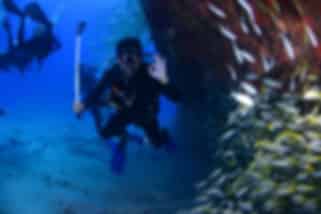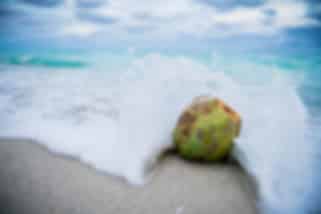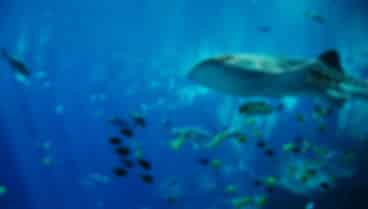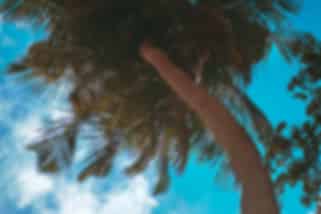Black Parrot Watching, Seychelles: A Unique Activity!
Author
Janani
Updated Date
May 20, 2025
Read
4 minutes
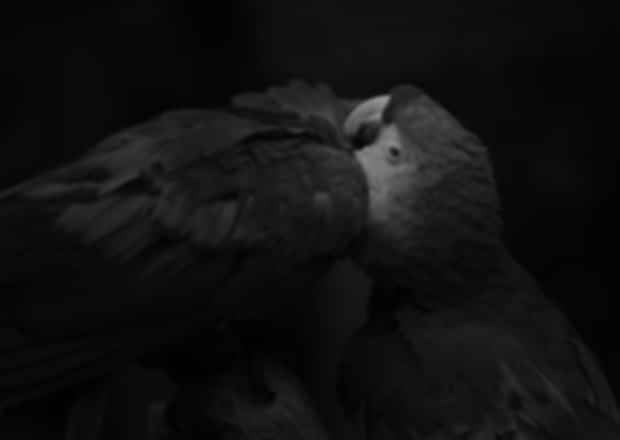
Parrots are beautiful, aren’t they? Brightly coloured with curved bills, strong and clawed feet, some of them imitating us, these tiny little creatures are sure to steal our hearts on the very first sight. Have you ever imagined that you’ll be able to see a black parrot? Yes, a Parrot that isn’t brightly coloured, but nowhere lesser in its charm. Why imagine, when you can see the wonderful Black Parrots in Seychelles.

Seychelles Stamp of Black Parrot
There’s no wonder why Seychelles is a paradise on earth. From stunning beaches, lush hills and exciting flora and fauna, Seychelles has everything in it. Seychelles takes pride in its endemic plants and animals. The world very well knows about Coco de Mer, the double coconut; but Seychelles also takes pride in its Black Parrots. Both these natural wonders can be seen in only Valle de Mai Natural Reserve.
Black Parrot – The Blacknificient
Unlike the name it has, the Black parrots are greyish-brown in colour. These black parrots were found in abundance during the old days but were eventually killed by humans; just because they consumed the ripe mangoes, bilimbis and papayas. Now, these beauties can be seen only in Praslin Island and they are being protected by law.

cute Black Parrot
Scientific name: Coracopsis barklyi
Population: 260-600 mature individuals
Distribution in Seychelles: Praslin, parts of Curieuse Island
These Black parrots can be spotted as you walk across the Valle de Mai Natural Reserve. Spotting a Black Parrot needs keen observation. As you walk, keep your ears open for a high pitched Whistle.
Give a parrot your name
Does that sound strange? The Seychelles Islands Foundation (SIF), is running a campaign, wherein you can win a chance to give a parrot your name.
What to do?
All you have to do is spot a Black Parrot that’s wearing coloured rings on its legs. Take a picture of that Black Parrot. Send the photo along with the date, time and location of where you saw and took the photos of the black parrot, to blackparrot@sif.sc
Note: There are about 270 Black parrots will coloured rings on its legs. It not that easy to spot these Parrots. If you see one, make sure you click a picture.
Who can participate?
According to SIF, all visitors and locals can participate. There’s no limit on the number of pictures you can send. Make sure every photo is of a different parrot.
How does it work?
Once you send the photos, they will be validated and the copies along with the data you had provided will be printed and kept in a draw. When there comes a new bird that is to be named, they take a printout from that draw and name it based on the name in the sheet. Who knows you can be that lucky person as well.

Black Parrot of a tree in Seychelles
Bird watching is often underestimated. This is not just a recreational activity, it is more than that. The joy it brings while observing these lovely birds is immense. It cannot be explained; only be felt. Seychelles as a destination itself holds a lot more beautiful experiences. Keep reading Pickyourtrail blogs to know more about places to visit in Seychelles. You can also check out the Seychelles Holiday packages available to make your dream trip to Seychelles come true.
Unwrap the World with Pickyourtrail!
Top selling packages of Seychelles
Seychelles Honeymoon Vacation Packages | Seychelles Luxury Tour Packages
Checkout more articles related to Seychelles
Get the Best Paddle Boarding Experience in Seychelles | Best Time to Visit Seychelles | Aldabra Atoll in Seychelles | Seychelles Opens Borders for Tourism | Why Seychelles is the Best Honeymoon Destination | How to Reach Seychelles from India | Coconuts in Seychelles | Seychelles Travel Guide | Maldives vs Seychelles
Recommended articles for you
Discover Packages


Need help in planning?
Talk to our Travel Experts


